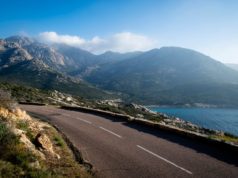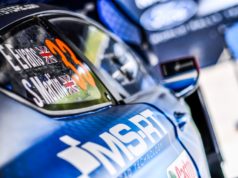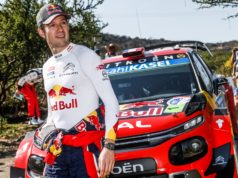Sebastien Ogier won the first round of the 2018 World Rally Championship (WRC). In Monte Carlo success is always difficult but it is almost impossible without the ice-note crews.
“See that patch of ice? Yes, the one the sun’s just starting to catch the corner of. The ambient temperature is -2°C and I need to know whether that ice will be melted in precisely one hour.”
“Tell me now. Now.”
Welcome to the world of the WRC ice-note crews
These are the genuine unsung heroes of the sport who have a very real input into the chances of a crew winning Rallye Monte Carlo. By their own admission, Ogier and Julien Ingrassia couldn’t have won the event for a fifth consecutive – and sixth in total – time on Sunday without them.
And what do you know about the ice-note crews?
First of all, they do what it says on the tin: they note where the ice is on the stages running through the French Alps. Just like the real-time rally crew, there’s a driver and a co-driver. All of the factory drivers have their own crew.
The ice-noters are usually very experienced rally drivers and co-drivers. But almost as important is the personal relationship with the rally crew, their lives are in the ice-noters’ hands. Ogier and Ingrassia work with Simon Jean-Joseph, a former Ford and Subaru factory driver and Jack Boyere, a super-experienced French co-driver.
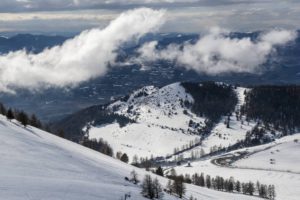 The ice-note crews are allowed through the stage one hour before the first car starts competing
The ice-note crews are allowed through the stage one hour before the first car starts competing
But there’s always some jockeying for position at the start. Everybody wants to be last in so they can offer the most up-to-minute, accurate weather information.
The co-drivers in the rally car photocopy their pacenotes and their opposite number in the ice car will read the notes through the stage, marking the notes with changes voiced by their driver. Then they dictate these changes – from the ice car to the rally car – before each stage. Ice car? Catchy name but actually that is a standard, production car with full safety kit including a roll cage and safety harnesses.
Last week’s Rallye Monte Carlo was an absolute nightmare for the safety crews. Ice on the first night, rain and mud on the first full day, then heavy snow and finally plenty of ice on the Col de Turini on the last day. The ice-note crews were making hundreds of changes to the pacenotes.
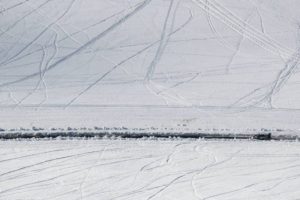 The worst thing that can happen is a sudden drop in temperature – which happens regularly just as the sun’s coming up – which freezes a puddle in the braking zone
The worst thing that can happen is a sudden drop in temperature – which happens regularly just as the sun’s coming up – which freezes a puddle in the braking zone
The consequences of that are a rally-ending crash. On the flip side, being too cautious and marking ice which has melted will slow the rally car down too much.
Ice-note crews become gravel-note crews on the other asphalt WRC rounds. Instead of looking for ice, they’re looking for patches of gravel, mud or standing water which will affect corner speed after the rally crews have completed their pre-event recce.
The lot of an ice-note crew is not always a happy one. They’re usually up and out at 4 in the morning and the pressure is enormous, not just to get the changes right, but to deliver the changes as well. Ever tried using your mobile phone from the middle of the mountains? So it is important to know what a huge role they have – even getting to the finish is more than difficult without them.
“It’s the perfect start to the season, and it’s fantastic to see the new Ford Fiesta securing back-to-back victories at an event as prestigious as Rallye Monte-Carlo.” -Global Director of Ford Performance Motorsport, Mark Rushbrook pic.twitter.com/ZZV0E60pf7
— Ford Performance (@FordPerformance) January 28, 2018






















